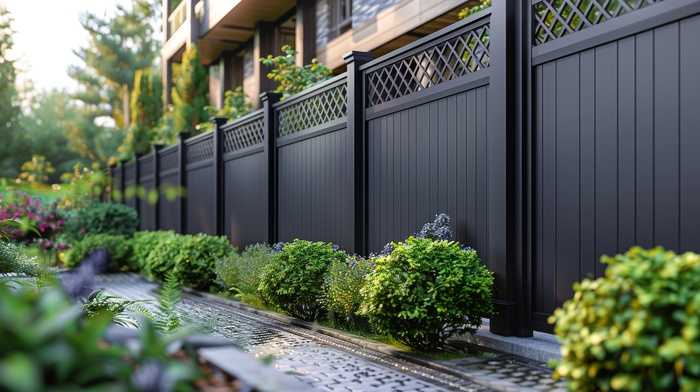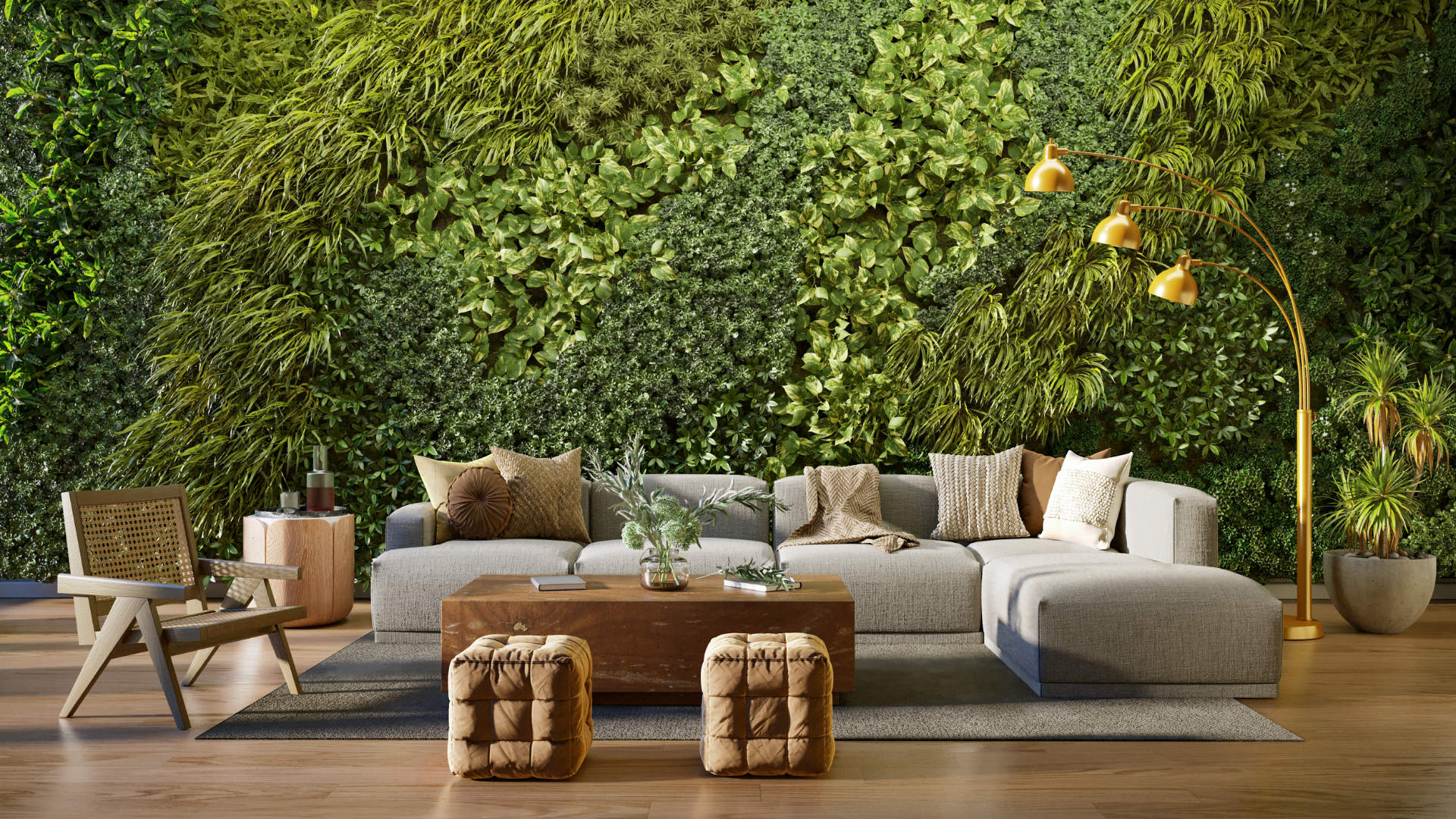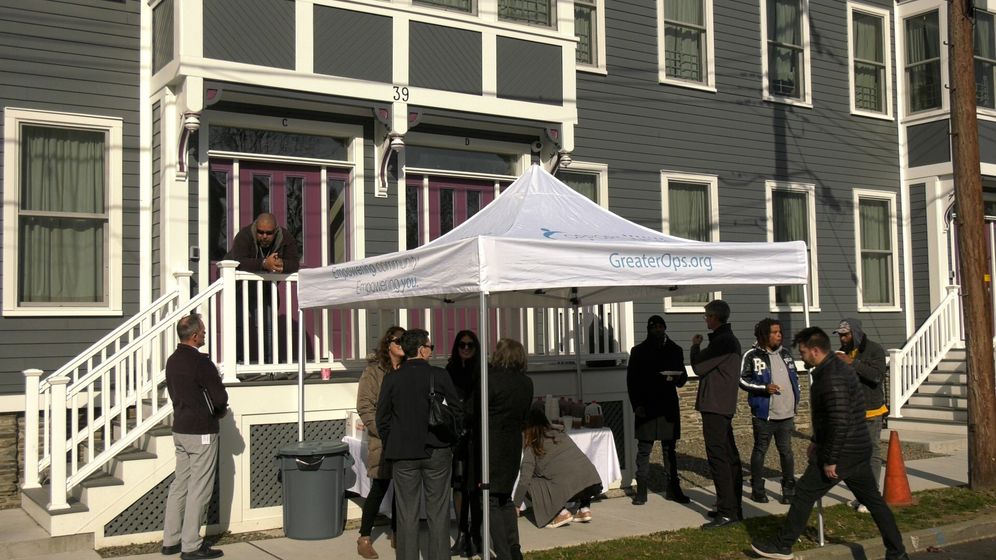Illumination is a very important part of any remodel and standards brought forth by Richard Kelly (considered one of the pioneers of architectural lighting design) are still in use today.When considering a remodel of your bathroom or kitchen one should not skip over or the importance of a well thought out lighting design. To get started you should familiarize yourself with basic illumination information so you know the right questions to ask your contractor before work begins on your home.
There are three electrical light sources used in most kitchens and bathrooms. They are incandescent, fluorescent and LED. LED lights have become the most popular electrical light source in remodeling but they do require special dimmer switches to operate correctly. LED is so widely used because of the low amount of wattage the light uses, the longevity of the life of the light and the lack of heat produced by the light.
Once you determine what electrical light will work best in your home you next have to consider the way it’s measured. Light is measured in three ways, the flow, the strength and the amount. All three of these are important considerations when planning an effective design.Questions to ask at this stage of the planning may include the following. What will I be doing in the space I am remodeling? What items or objects will I need illuminated? Do I need spot or flood lighting? Is mood important to my space? Is decor important to my lighting design? Finally one must consider their age. People fifty-five and older on average experience half the light as people aged twenty- five, therefore more light should be added to compensate for this factor.
There are six types of fixtures that can be used to add light to a kitchen or bathroom. They are recessed, ceiling or surface mount, semi-surface mount, suspended fixtures, wall mount and portable. A well thought out design will often include several different fixtures with each one having its own function. These functions include task, ambient, accent, wall and decorative lighting. For a kitchen recessed can lighting paired with under cabinet lighting will offer both task lighting and ambient lighting. While pendants hanging over an island are often used as decorative lighting. In a bathroom wall sconces are often used as decorative while surface mount is used as ambient.
With so many fixtures and lighting functions to decide on the free source of light (natural) is often overlooked but it plays an important role in the remodel of a space. Natural light or sunlight has a plethora of benefits. Sunlight is free, it’s a renewable source, it saves energy, it offers a natural source of light, it affects mood, production and health in a positive way and it can warm a room. If at all possible when designing a lighting plan include natural light. The two most common ways to bring light into a design is through the use of windows and skylights. To enhance the illumination from sunlight through these sources one should consider using reflective finishes and reflecting surfaces If your space has a window or skylight already make sure you do all you can to keep this natural light source part of your design.
There are many ways to design an illumination plan so having a clear picture of the wants and needs of the space is crucial to having the right illumination for the project.




